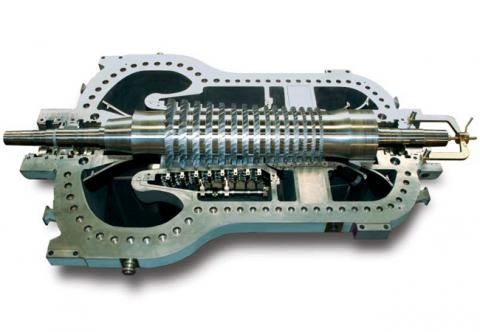How inert gas service helps overcome seal oil leakage

The entrance of oil through the oil seals into refrigeration systems will reduce the capacity of the system and impact on process unit revenue.
To ensure that seal oil does not enter the process loop and foul the chillers, it is essential that lube/seal oil reservoir level on all refrigeration applications are monitored.
(Failure to monitor and correct infiltration of oil has resulted in large decreases in plant capacity)
Careful monitoring of oil reservoir level will signal oil seal system problems and lead to their resolution before the refrigeration system, plant capacity and revenue are affected.
Sweet hydrocarbon or inert gas service
For sweet or inert gas service, the seal oil drain can be returned directly to the reservoir, provided the drainers are sized for adequate residence time and the seal oil leakage is reasonable (less than one gallon per hour per seal).
A sweet hydrocarbon gas is defined as a gas that does not contain hydrogen sulfide (H2S). The vent line on top of the drainer can be routed to a lower pressure source, to the atmosphere or back to the compressor suction. If routed back to the compressor suction, a demister should be installed to prevent oil from entering the compressor case.
The sizing of the orifice in the vent line of each drainer is critical, since it ensures that all contaminated oil flow will enter the drainer. Too low a velocity will allow contaminated oil to enter the compressor, but too high a velocity could cause oil to enter the compressor via the vent or reference line. Typical velocities in this line should be 4.6 to 6 m/sec (15-20 ft/sec).
Failure to monitor and correct infiltration of oil into refrigeration systems has resulted in large decreases in plant capacity totaling millions of USD in revenue. This is a common problem with plants that have centrifugal compressors using seal oil systems. It is sometimes possible to correct this problem by modification to the seal oil system design.
Contamination of refrigeration systems by centrifugal compressor seal oil has been one of the major reasons for the use of dry gas seals and/or field modifications to dry gas seal systems.
This best practice has been used since the mid-1980s, when multiple issues had reduced the capacity of refrigeration processes and affected plant revenue. Since that time, this practice has been used to optimize oil seal system reliability and refrigeration process plant revenue.
Fuel Flexibility in Heavy-Duty Gas Turbines: A Key Driver for Energy Transition
March 13th 2025From Hydrogen to HVO, Mr. Federico Bonzani, Chief Technology Officer of Ansaldo Energia, describes the fuel flexibility state-of-the-art solutions of the Company to meet the actual and future needs of power generation industry.